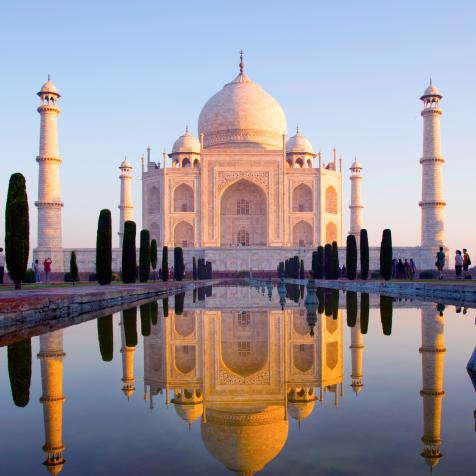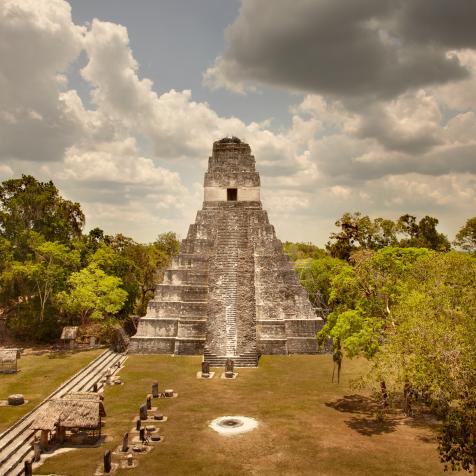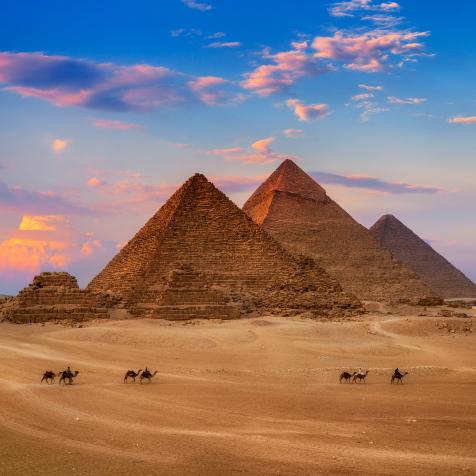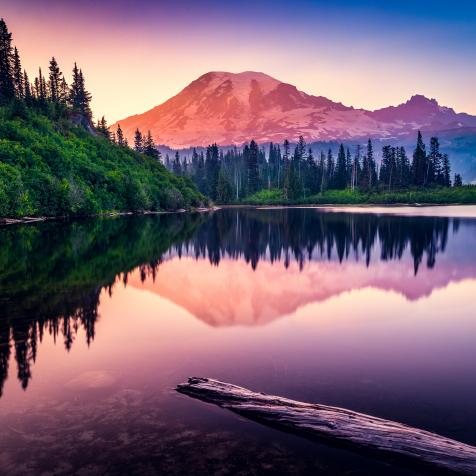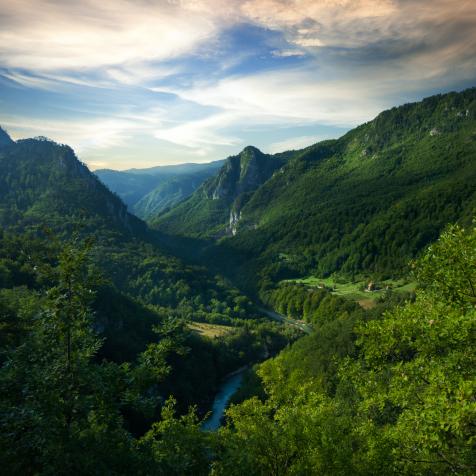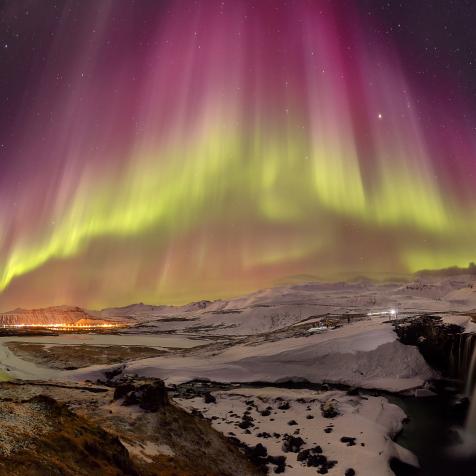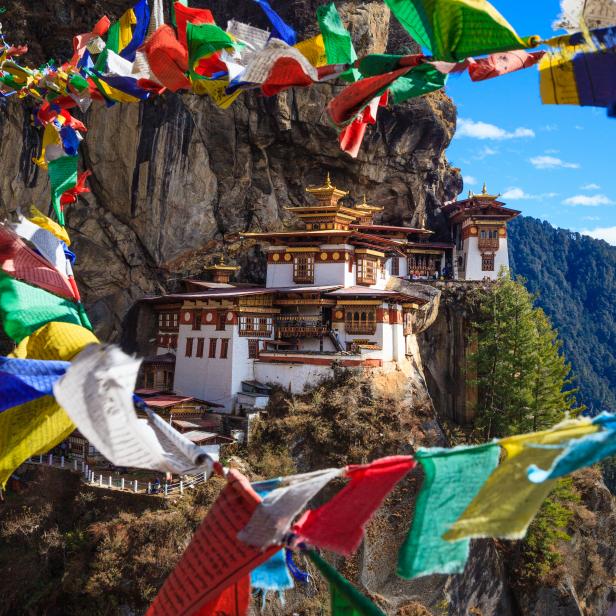
Kelly Cheng
Mountains, Monasteries, and Yaks: Trekking the Majestic Kingdom of Bhutan
The Kingdom of Bhutan is notoriously difficult to get to. But the country’s isolation means its culture has not been diluted over time, and it provides a fascinating step back into a stunning landscape.
Snuggled up against some of the world’s highest mountains – the soaring Himalayas – Bhutan offers some of the most breathtaking trekking opportunities in the world.
The Jhomolhari trek is Bhutan’s most popular, with almost 40% of all travelers treading one of the routes. It follows ancient trade passageways, varying from 2,500m to almost 5,000m in altitude.
The trek begins in the Paro Chhu valley, climbing over steep side ridges to Jangothang, the base camp where tourists can marvel at the sacred 24,035 ft Mt Jhomolhari, which sits on the border with Tibet. The Paro Chhu valley itself is a spectacular starting point, with its namesake river winding its way through tree-covered hillsides, and under rickety wooden bridges.

DUCOIN DAVID
Jhomolhari base camp in Thimphu region during trek in Bhutan.
Once hikers have left the valley and its patchwork agriculture fields behind, they cross a high pass, and camp opposite the Gunyitsawa Army check post, sitting in a wide valley surrounded by mountains.
The next day, the trek leads hikers through pine, oak, conifer, and spruce forests. A gradual ascent with up and down peaks and troughs through a dazzling array of colorful rhododendrons, hikers walk under the watchful gaze of the majestic Mt Jhomolhari.
Along the way, trekkers will pass by Himalayan blue sheep, known as bharal, grazing on the steep mountain banks as well as marmots. Adventures will come across yaks and their herders; the animal is the dominant livestock species that support livelihoods for nomads of the mountain plateaus. They’re used as riding and pack animals, for milk and meat, and their manure provides fuel and fertilizer, making them an integral part of Bhutanese culture.
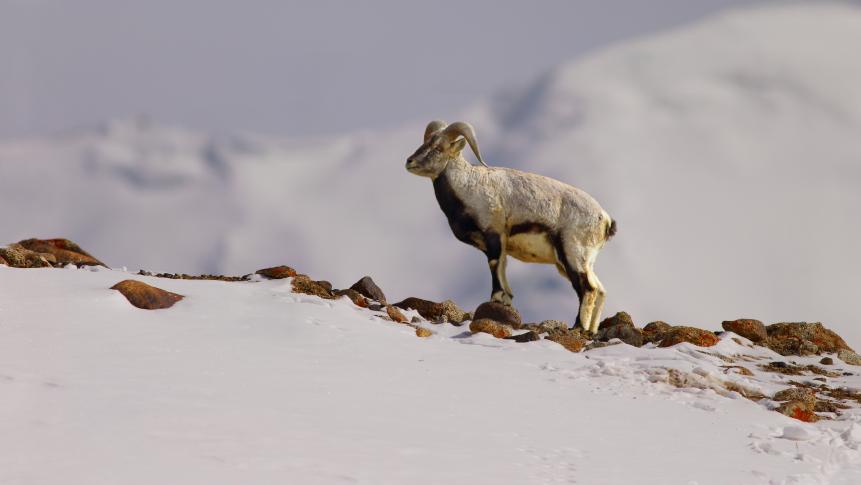
zahoor salmi
Himalayan blue sheep or naur is a caprid found in the high Himalayas of India, Nepal, Bhutan, Tibet, and Pakistan.
When trekkers make it to Jangothang, they’ll spend the day lazing with horsemen, watching dego, a traditional discus game. Or for the more adventurous who want to keep hiking, a day trip from the base camp to Tshophu, a pair of lakes that sit high on the opposite side of the river that cuts through the valley, is a fun scramble.
One of the highlights of the trek is Lingzhi Yugyal Dzong, the fortress located at the highest altitude in Bhutan. The fortress was built in 1668 by Chogyal Minjur Tempa, the third Druk Desi, the secular head of Bhutan, to commemorate victory following a successful Tibetan invasion. The Dzong controlled the border between Tibet and Bhutan and was one of the main defensive fortresses in the north of the country. Now it stands on top of a hill between two remote villages at 12,616ft, overlooked by snow-capped peaks, and home to monks.
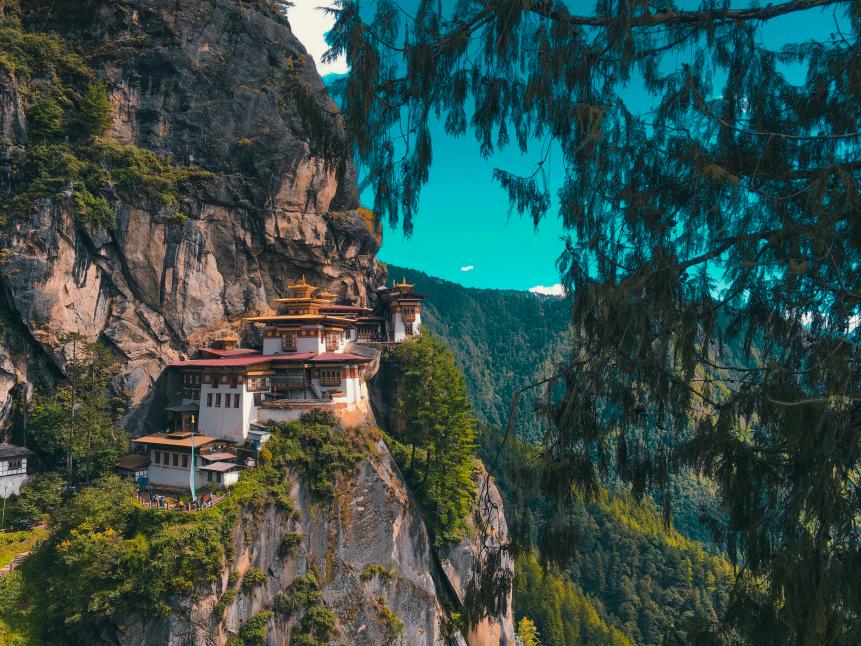
Priyangshu Sv / EyeEm
Thimphu, Bhutan
The end destination is Thimphu, Bhutan’s capital city, home to a giant, iconic bronze Buddha statue, beautiful monasteries and stomach-churning mountain passes, cultural weaving centers, and the tantalizing Centenary Farmers’ Market.
Bhutan might be a destination for trekkers and explorers, but it is the country’s culture, charm, and traditional ways of life that make it an adventure for everyone.












